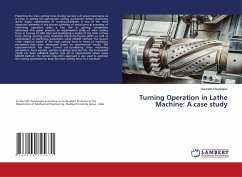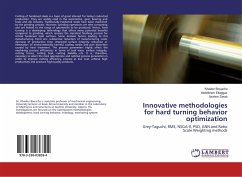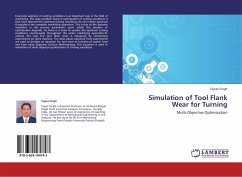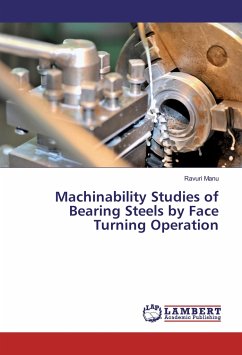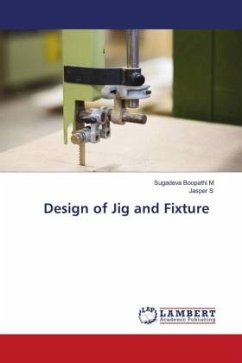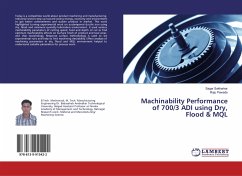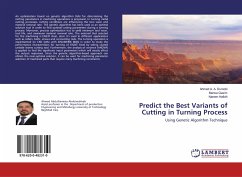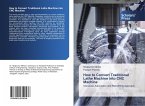Predicting the main cutting force during turning is of great importance as it helps in setting the appropriate cutting parameters before machining starts. Again, optimization of cutting parameters is one of the most important elements in any process planning of metal parts as economy of machining operation plays a key role in gaining competitive advantage. This paper presents an experimental study of main cutting force in turning of mild steel and developing a model of the main cutting force during turning using Analytical Hierarchy Process (AHP) as well as optimization of machining parameters using MADM method. The second order empirical model of the main cutting force in terms of machining parameters have been developed based on experimental results. The experimentation has been carried out considering three machining parameters: force exerted, surface roughness and tool life. The formulated model has been validated against new set of experimental values using MADM method. The Genetic Algorithm approach is also used to optimize the cutting parameters to keep the main cutting force to a minimum.
Bitte wählen Sie Ihr Anliegen aus.
Rechnungen
Retourenschein anfordern
Bestellstatus
Storno

